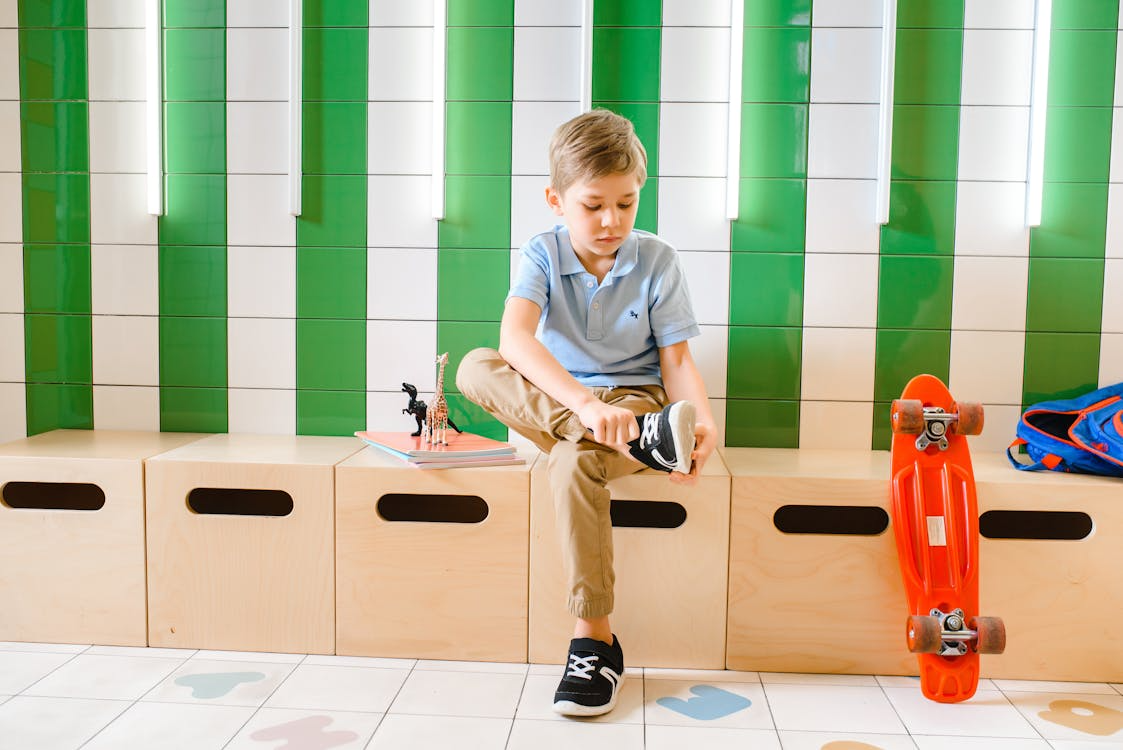Instead of installing fixed, permanent structures that can't be changed without major expense, modular systems use interchangeable components that can be reconfigured, expanded, or updated over time. Modular play equipment is changing how councils and schools approach playground design in Australia, and honestly, it makes so much sense when you understand how it works. Think of it like building blocks for playgrounds—you can start with a basic setup and gradually add elements as budgets allow or community needs change. According to industry data from Playground Centre, modular systems reduce long-term maintenance costs by roughly thirty percent compared to traditional equipment because individual components can be replaced without dismantling entire structures. This flexibility has made modular equipment the preferred choice for parks with evolving demographics or limited initial budgets.
Adaptability to Changing Community Needs
Communities aren't static. A neighborhood with mostly toddlers today might have school-age kids in five years. Fixed playground equipment can't adapt to these shifts, but modular systems can. When younger children age out, you can swap toddler-friendly components for more challenging elements without rebuilding everything.
This adaptability extends to seasonal changes too. Some councils rotate components to keep playgrounds interesting and encourage repeat visits. A climbing wall might get replaced with monkey bars for a few years, then switch back. This rotation keeps equipment feeling fresh without massive capital expenditure.
Parks serving diverse age groups especially benefit from modular design. You can cluster age-appropriate modules in different zones while maintaining visual cohesion across the entire playground. As usage patterns emerge, elements can be repositioned or reconfigured to improve flow and reduce bottlenecks at popular features.
Budget-Friendly Phased Implementation
Not every council or school has funding to install a complete playground system upfront. Modular equipment allows phased installation—you start with core components and expand gradually as budget permits. This staged approach still delivers a functional play space immediately while building toward a comprehensive facility over time.
Each phase can be planned strategically based on community feedback and usage data from existing components. Maybe the first phase includes basic climbing structures, and later additions bring in sensory play elements or challenge courses. This responsive approach ensures funds are spent on features that will actually be used rather than guessing what the community wants upfront.
Maintenance budgets also stretch further because you're replacing individual modules rather than entire structures when wear occurs. A damaged climbing panel can be swapped without affecting surrounding components, which minimizes downtime and repair costs.
Inclusive Design Flexibility
Modern playgrounds need to accommodate children of all abilities. Modular systems make inclusive design more achievable because you can integrate wheelchair-accessible ramps, sensory play panels, and ground-level activities alongside traditional climbing structures.
As understanding of inclusive play evolves, modular equipment can be updated to incorporate new accessibility features without redesigning the entire playground. A ramp system can be added to connect existing elevated platforms, or tactile play panels can be integrated into previously blank spaces.
This flexibility matters for meeting evolving accessibility standards too. When regulations change or new guidelines are published, modular systems can be updated incrementally to achieve compliance rather than requiring complete replacement.
Simplified Maintenance and Repairs
Traditional playground equipment often requires specialized parts specific to that manufacturer or model. If a component fails years after installation, finding replacement parts can be difficult or impossible if the manufacturer has discontinued that line.
Modular systems use standardized connections and components that remain available long-term. Most reputable manufacturers maintain parts inventory for discontinued models specifically because they understand the replacement market. This parts availability dramatically reduces maintenance headaches and extends equipment lifespan.
Repairs are generally simpler too. Maintenance staff can swap a damaged module without special tools or expertise. This reduces labor costs and gets equipment back in service faster—important when dealing with public facilities that communities rely on.




Want to add a comment?